
Introduction;
It can be quite challenging to describe the logo design process and method in full because each graphic designer has their unique method for creating a logo. Some find it methodical and disciplined, spending an hour developing a notion and another two hours putting it into practice while listening to their favorite music to foster creativity. Others find inspiration during the commercial breaks while they watch repeats of Seinfeld and the like.
Not to judge; if something seems stupid but nevertheless manages to function as is desirable, it is not to be considered thus. Our goal is to provide you with an overview of the overall logo design service and procedure so you can get started. We’ll demonstrate how to mix investigation and analysis with inventiveness to produce a superb logo design.
As we are a professional web design and digital marketing agency, we frequently receive requests for professional logo design services, and after speaking with a few of our clients, we discovered that many of them are curious in the design process we use to create them. There is no right or wrong approach to taking when designing a logo for a client, but any extraordinary graphic and website design agency will tell you that they have found a method that works for them and they follow it.
The seven fundamental steps to creating a professional logo design are explained below;
- Thorough & Critical Evaluation of the Brand;
Identifying the brand’s core embodiment and the business’s strategies & outcome is the very first milestone in the logo creation process. This stage is referred to as Client Discovery. A logo is only as successful as how it symbolizes an enterprise, so it won’t be effective until you first comprehend the image the brand intends to convey. There isn’t a one-size-fits-all approach to logo design.
Your logo design brief ought to contain all the relevant details you require. It is up to the designer to get this information from clients who are unable to express their desires or who are unsure of them. Graphic designers should delve deeper and examine the client’s true feelings about their company and the amazing work they perform in words that go beyond the official corporate declaration employing most intricate, well-written briefs. Long-term design success depends on you learning as much as you can about the business and the people that work there.
Since logos are among your most effective branding tools, asking the correct and vital questions is a fundamental starting step. You are expected to have your own well-informed opinion on the brand after completing this phase (supported by plenty of notes). In order to condense this material into important terms and phrases, you may now begin your brainstorming process. By expanding their overall brand impressions into linked ideas, designers can use a common brainstorming approach called mind mapping. Save your favorites because they will later help to strengthen your logo concepts. Your research isn’t finished, though.
- Study the Market/Industry;
The next stage of the logo design process is to look up the variety of logos that rival companies and industry giants have. The difference between a logo that is generic and one that is too far out of the box can be made during this phase, which is known as the industry discovery phase.
We take the time to research our client’s current target market, rivals, professional logo design/industry trends, and much more after gathering the necessary information from the questionnaire. Deep investigation and expertise we observe and acquire lead to the best ideas. Excellent research also guarantees that your logo will stand out from that of your rivals. Since it kind of negates the purpose of a new logo design, we never want our clients to resemble their rivals.
You can learn a number of things by studying multiple and diverse industry logos. Effective strategies, such as trademark colors or specific designs, for the brand. Logo methods that are overused to the point where they lose character. What logo design techniques are overlooked that could provide ideas on how to stand out. The kind of clientele that dominates your sector (or which customers your rivals like to target) (or which customers your rivals prefer to target).
- Catalogue the Locations Where the Logo Will Be Utilized;
The physical or virtual space the logo design will occupy should also influence your design decisions, just like the brand strategy does. Figure out where the logo will be utilized by conducting application discovery research. The earlier you can foresee how your logo will be implemented, even if you don’t yet have a complete list, the better for logo design process and creation. The color scheme, shape, and even the design program used in your logo may all depend on where you need it. The physical or virtual space the logo design will occupy should also influence your graphic design decisions, just like the brand strategy does. Figure out where the logo will be utilized by conducting application discovery research. The earlier you can foresee how your logo will be implemented, even if you don’t yet have a complete list, the better for logo creation. The color scheme, shape, and even the design program used in your logo may all depend on where you need it.
You can create highly sophisticated, substantial logos if you want your brand to appear on enormous advertising banners. Should it be placed in a mobile app’s corner, you should choose something straightforward and scaled down. If social networking platforms are going to be a major part of the campaign, the logo needs to fit well in both square and round portraits and be customizable for broader screen grabs and photos. You can even have a catchy animated logo if you want to stand out on video or digital channels. A graphic designer will often want to prepare for each of these possibilities.
Working to ensure that all of these variations of your logo have the same vibe is tricky. Instead of designing the primary logo and tailoring it to various situations as they arise, it is beneficial to plan ahead and create these versions all at once. The logo’s shape and compatibility with its surroundings must also be taken into account. Some places, like letterheads, call for a large, rectangular logo, while others call for something modest and understated, like a watermark on shareable content. Fortunately, you may maintain a stable of numerous versions.
- Draw Several Different Logo Design Layouts/Variations;
You could be tempted to use logo creation software right away if you already have some logo concepts. But spend some time to draw a lot of ideas before you start focusing on your ultimate design. Drawing is quick, simple, and inexpensive, but it also works well as a brainstorming tool. Create numerous logo concepts in sketches to see how they appear to others. One benefit of sketching is that it might spark original thought. But more importantly, sketching a range of ideas enables you to determine what works and what doesn’t. You’ll start to notice certain motifs or threads that you like, and you can combine and contrast various components until you find the ideal one.
Draw other ideas even if you’re virtually positive you have one you like. If nothing else, this will provide you some fallback options in case the customer decides they don’t like the route your first thought is going in. You might surprise yourself and come up with something you like better. Once you’ve chosen your preferred concept, experiment with it by drawing other versions of it, tweaking tiny aspects, adding or removing features, and starting typographic explorations. This is how a website and logo design agency should move.
- Digitally Draft Using a Vector Drawing Tool;
At this point, you need to have a jumbled assortment of logo sketches and a clearer idea of what you want the final logo to like. Pick three of your favorite sketches from that group, and then reproduce them in your design software. Your final logo really starts to take shape at this point.
You can now decide on all the important design choices you were unable to make during the sketching stage. You can play with text and logo colors in your digital draft. If you’re an entrepreneur attempting to create your own logo, you will need technical expertise with design tools for this stage of the process. However, you may always utilize a simple DIY editor. Although these lack the elements and intricacy necessary to produce a substantial logo, they do include the essential necessities.
When you’ve created a compelling outline, go above and beyond to make a presentation that features your brand. This entails displaying the flat logo and any modifications, a branding overlay, and prototypes of the logo in actual settings. The objective is to convey your brand’s vision through a compelling, standout logo display.
- Modify Your Logo Design Based On Input & Comments;
You don’t have to be a graphic designer to appreciate this: everybody has a perspective! Regardless of how flawless you think your professional logo design is, it’s likely that somebody, someplace, will ask for revisions. It’s not always a terrible thing. When you spend hours, days, weeks, or even months working on the same photograph, you may start to see the forest rather than the trees. The finished result may benefit from a second person’s point of view to figure out areas that need improvement.
You should invite feedback on your logo design and exhibit it to a wide range of people. First and foremost, show your customers or coworkers, but don’t stop there! Display to your partner, friends, neighbors, and Uber driver. Even if nothing else, you can monitor people’s reactions to the logo design to ensure that it is having the desired impact because new, creative ideas can arise from the most unlikely of places.
The simple part is getting feedback on your design process. The true effort is in understanding and responding to client feedback. Use your best judgment to determine which feedback is most valuable by asking follow-up questions. The function of your logo is to represent a brand, so you should consider whether the criticism is making that function better. If not, you might need to explain your design decisions or even the step by step design process in a polite manner. However, you shouldn’t be so adamant or devoted to your logo that you refuse to notice any potential defects.
- The Finalized Logo Files to Be Organized & Delivered;
It’s time to deliver your final files now that your logo has been completed! At the beginning of the process, you should ascertain what design files your client requires (in case they have any special requirements). But generally speaking, it’s best to consider the following file formats;
- Source vector files with layers, like AI
- EPS/PDF files with layers (for clients using different vector programs)
- Web-friendly high-resolution raster files, such as PNGs with translucent backgrounds
We at Webbing Designs make absolutely sure we use the logo in its most basic variations, such as full color, black, white, and monochromatic. You should also outline the text if you are using a normal font (as opposed to custom lettering). On PCs, without it installed, the font will otherwise alter.
The customer should also be informed of any fonts used in the logo in case they need them for any branding initiatives (be advised that most font licenses require the client to purchase it themselves).
Conclusion;
A brand style guide for your web design and digital marketing services agency would be an excellent place to include all of this information. This boosts the client’s trust in the brand vision you’ve created for them and guarantees that your logo will be used appropriately long after you are gone.
The creation of distinctive logo design tends to give brands vitality. You may argue that having competence and creativity in the design process is necessary for visual appeal and dynamic design, but you can never be certain of what that entails or whether you possess it. Exceptional logo design creation service does not originate by sheer luck, a fact that is evident. They are the end product of questioning, working collaboratively, exploring, failing, and striving again and again. We, at Webbing Designs, are a complete website design and digital marketing agency and if you need any further assistance, info or service, simply visit us at webbingdesigns.com.


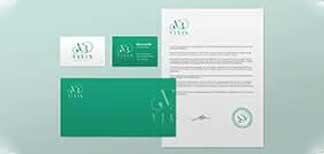

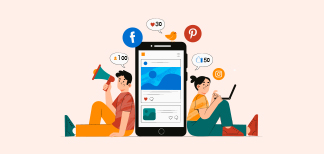



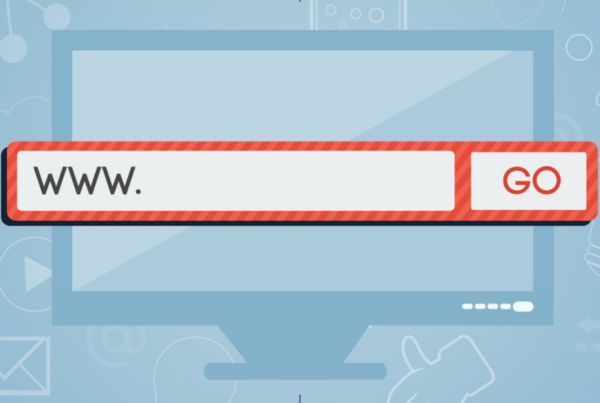
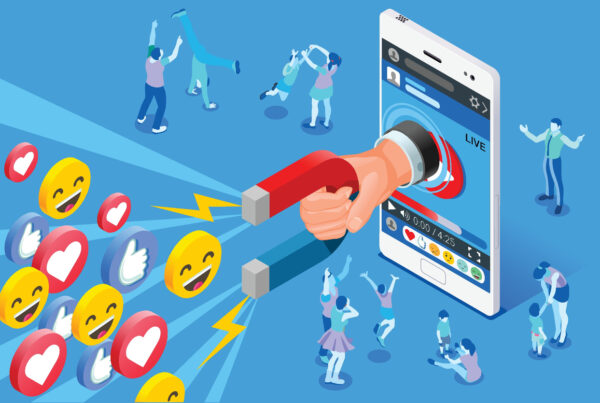
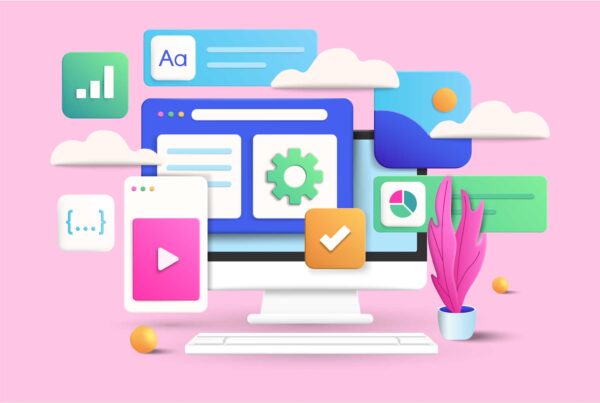



Recent Comments